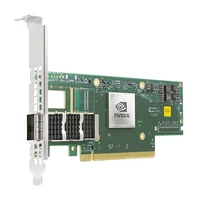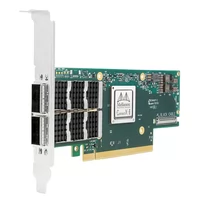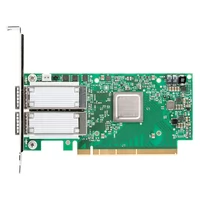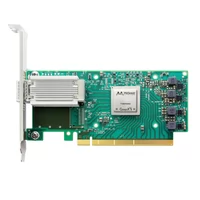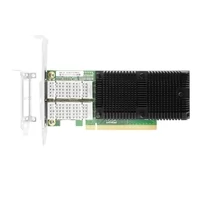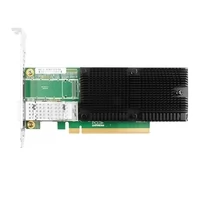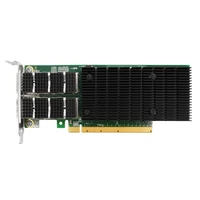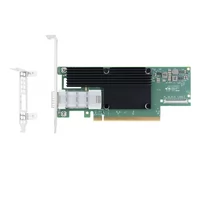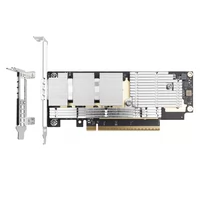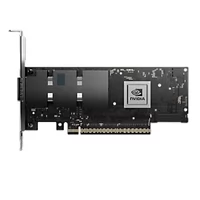The appearance of the rack server does not look like a computer, but like a switch. It comes in 1U (1U=1.75 inches), 2U, 4U and other specifications. Rack servers are installed in standard 19-inch cabinets. Most of these structures are functional servers.

Rack server
Table of Contents
ToggleAbout the “U” unit
U is the abbreviation of unit that represents the external dimensions of the server. U Specifies the size of the server so that the server can be placed on the rack at a certain size. There are screw holes for fixing the server on the rack which are then fixed with screws, so that the space required for each server can be easily installed.
1U server, 2U server, 4U server
The specified dimensions of the server are the server’s width (48.26cm=19 inches) and height (a multiple of 4.445cm), and the thickness is based on 4.445cm.
Among the rack server sizes, the common ones are of 1U server, 2U server, and 4U server. The sizes of these servers are: 1U=4.445 cm, 2U=4.4452=8.89 cm, 4U=4.4454=17.78 cm. In actual use, 1U or 2U servers are the most commonly used. Because service providers calculate fees based on the space occupied by the server, using a 1U server is the most space-saving and cheapest. However, the scalability of a 1U server is not as good as that of a 2U server. A maximum of 4 hard drives can be inserted in 1U, and 8 in 2U. In addition, the numbers of PCI slots are also different, with a maximum of 2 in 1U and 6 in 2U.
U is the height of the server chassis. 1U is equal to 4.45 cm and 3U is 3×4.5 cm.
U (abbreviation for unit) is a unit that represents the external dimensions of a modular rack. The detailed dimensions are determined by the Electronic Industries Alliance (EIA), an industry group.
EIA is one of the standard setters of the American electronics industry. EIA was founded in 1924, then named as the Radio Manufacturers’ Association (RMA) with only 17 members, representing the radio manufacturing industry with an output value of less than 2 million US dollars. Today, EIA has over 500 members, representing the U.S. electronics industry manufacturers with an output value of US$200 billion, becoming a purely service-oriented national trade organization headquartered in Arlington, Virginia. EIA broadly represents the interests of government, and users, the manufacturers that design and produce electronic components, parts, communication systems, and equipment. EIA plays an important role in improving the competitiveness of US manufacturers.
Server size specifications:
1U=4.45cm
2U=4.45cm * 2
3U=4.45cm * 3
4U=4.45cm * 4
U is not exclusive to servers. It was originally a rack structure used for communication and exchange and was later introduced to the server rack. It is currently used as an informal standard in rack structures, including specified screw sizes, hole spacing, rail marking, etc.
1U and 2U are the thickness of the server. 1U is roughly equivalent to two small grids in the cabinet, and 2U is four grids. 1U is 4.445 centimeters.

IU and 2U rack servers
19-inch Cabinet
A standard 19-inch cabinet, where 19 represents the width, is a cabinet that can accommodate a 19-inch rack server.
19 inches refers to the width of the server, so what specific size does it refer to? 19 inches = 48.26cm, which refers to the distance between the two mounting ears of the rack-mounted device. This is the structural standard for most rack-mounted equipment today.
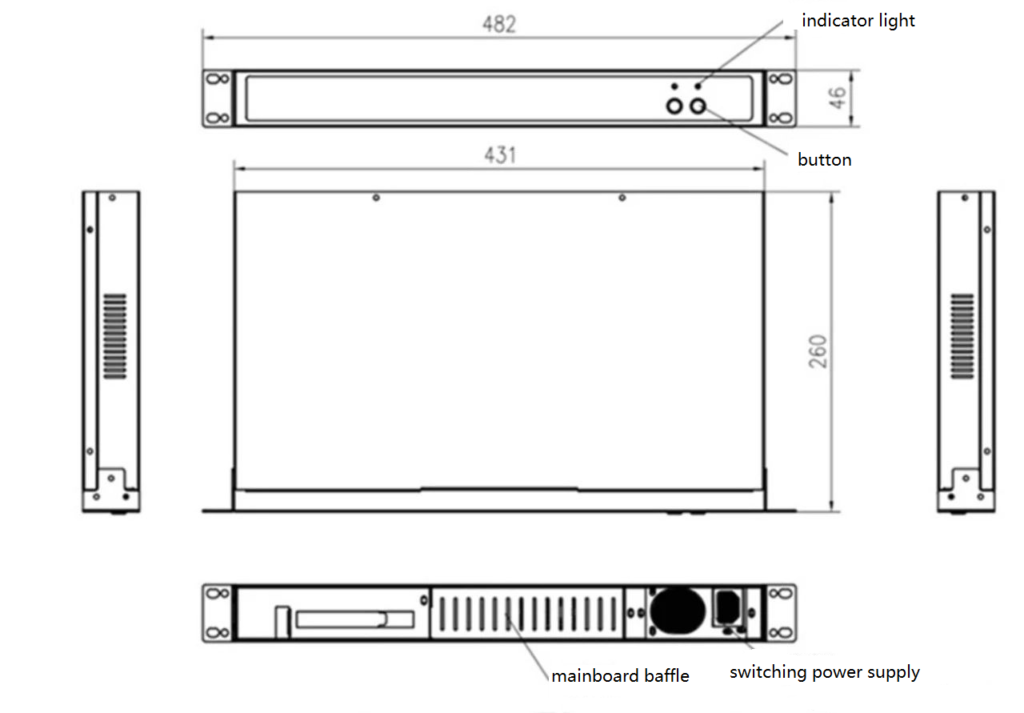
The current structural standards for most rack-mounted equipment
The structure of a standard cabinet is relatively simple, mainly including a basic frame, internal support system, wiring system, and ventilation system. The appearance of a 19-inch standard cabinet has three conventional indicators: width, height, and depth. Although the installation width of 19-inch panel equipment is 465.1mm, the common physical widths of the cabinets are 600mm and 800mm. The height generally ranges from 0.7M-2.4M, and the common heights of finished 19-inch cabinets are 1.6M and 2M. The depth of the cabinet generally ranges from 450mm to 1000mm, depending on the size of the equipment in the cabinet. Usually, manufacturers can also customize products with special depths. Common depths of finished 19-inch cabinets are 450mm, 600mm, 800mm, 900mm, and 1000mm.
The height occupied by the equipment installed in the 19-inch standard cabinet is represented by a special unit “U”, 1U=44.45 mm. Equipment panels using 19-inch standard cabinets are generally manufactured according to nU specifications. For some non-standard equipment, most of them can be installed into the 19-inch chassis and fixed through additional adapter baffles. Many engineering-grade equipment have panel widths of 19 inches, so 19-inch cabinets are the most common standard cabinet.
42U Cabinet
The general classification of 42U cabinets is:
- According to width: 600mm and 800mm wide 42U cabinets, depths are: 600mm, 800mm, 900mm, 960mm, 1000mm, 1100mm, 1200mm, etc.
- According to actual needs: In addition to the actual size of 42U, the width and depth can be customized according to actual needs.
The number of servers that can be placed in a cabinet is limited. A 42U height cabinet does not mean that it can actually hold 42 1U servers. After placing the server, you need to leave space for cooling and moving, some space for wiring, and space for switches, firewalls, monitors and other equipment. Therefore, the number of servers can be placed in a 42U cabinet needs to be calculated based on the specific equipment.
Recommend Reading:
Discover the Power of 1U Rack Mount Servers: Dell, Supermicro, and More!
Unleashing the Power of 2U Rackmount Servers: The Ultimate Guide
Everything You Need to Know About 4U Server Rackmounts
Related Products:
-
 NVIDIA NVIDIA(Mellanox) MCX653105A-ECAT-SP ConnectX-6 InfiniBand/VPI Adapter Card, HDR100/EDR/100G, Single-Port QSFP56, PCIe3.0/4.0 x16, Tall bracket
$965.00
NVIDIA NVIDIA(Mellanox) MCX653105A-ECAT-SP ConnectX-6 InfiniBand/VPI Adapter Card, HDR100/EDR/100G, Single-Port QSFP56, PCIe3.0/4.0 x16, Tall bracket
$965.00
-
 NVIDIA NVIDIA(Mellanox) MCX653106A-ECAT-SP ConnectX-6 InfiniBand/VPI Adapter Card, HDR100/EDR/100G, Dual-Port QSFP56, PCIe3.0/4.0 x16, Tall Bracket
$828.00
NVIDIA NVIDIA(Mellanox) MCX653106A-ECAT-SP ConnectX-6 InfiniBand/VPI Adapter Card, HDR100/EDR/100G, Dual-Port QSFP56, PCIe3.0/4.0 x16, Tall Bracket
$828.00
-
 NVIDIA NVIDIA(Mellanox) MCX516A-CCAT SmartNIC ConnectX®-5 EN Network Interface Card, 100GbE Dual-Port QSFP28, PCIe3.0 x 16, Tall&Short Bracket
$985.00
NVIDIA NVIDIA(Mellanox) MCX516A-CCAT SmartNIC ConnectX®-5 EN Network Interface Card, 100GbE Dual-Port QSFP28, PCIe3.0 x 16, Tall&Short Bracket
$985.00
-
 NVIDIA NVIDIA(Mellanox) MCX515A-CCAT SmartNIC ConnectX®-5 EN Network Interface Card, 100GbE Single-Port QSFP28, PCIe3.0 x 16, Tall&Short Bracket
$715.00
NVIDIA NVIDIA(Mellanox) MCX515A-CCAT SmartNIC ConnectX®-5 EN Network Interface Card, 100GbE Single-Port QSFP28, PCIe3.0 x 16, Tall&Short Bracket
$715.00
-
 NVIDIA MCX623106AN-CDAT SmartNIC ConnectX®-6 Dx EN Network Interface Card, 100GbE Dual-Port QSFP56, PCIe4.0 x 16, Tall&Short Bracket
$1200.00
NVIDIA MCX623106AN-CDAT SmartNIC ConnectX®-6 Dx EN Network Interface Card, 100GbE Dual-Port QSFP56, PCIe4.0 x 16, Tall&Short Bracket
$1200.00
-
 Intel® E810-CQDA2 100G Ethernet Network Adapter PCIe v4.0 x16 Dual port QSFP28
$589.00
Intel® E810-CQDA2 100G Ethernet Network Adapter PCIe v4.0 x16 Dual port QSFP28
$589.00
-
 Intel® E810-CQDA1 100G Ethernet Network Adapter PCIe v4.0 x16 Single port QSFP28
$409.00
Intel® E810-CQDA1 100G Ethernet Network Adapter PCIe v4.0 x16 Single port QSFP28
$409.00
-
 Intel®Ethernet Controller E810-CAM2 100G Dual-Port QSFP28, Ethernet Network Adapter PCIe 4.0 x16
$609.00
Intel®Ethernet Controller E810-CAM2 100G Dual-Port QSFP28, Ethernet Network Adapter PCIe 4.0 x16
$609.00
-
 NVIDIA NVIDIA(Mellanox) MCX653105A-HDAT-SP ConnectX-6 InfiniBand/VPI Adapter Card, HDR/200GbE, Single-Port QSFP56, PCIe3.0/4.0 x16, Tall Bracket
$1400.00
NVIDIA NVIDIA(Mellanox) MCX653105A-HDAT-SP ConnectX-6 InfiniBand/VPI Adapter Card, HDR/200GbE, Single-Port QSFP56, PCIe3.0/4.0 x16, Tall Bracket
$1400.00
-
 NVIDIA NVIDIA(Mellanox) MCX653106A-HDAT-SP ConnectX-6 InfiniBand/VPI Adapter Card, HDR/200GbE, Dual-Port QSFP56, PCIe3.0/4.0 x16, Tall Bracket
$1600.00
NVIDIA NVIDIA(Mellanox) MCX653106A-HDAT-SP ConnectX-6 InfiniBand/VPI Adapter Card, HDR/200GbE, Dual-Port QSFP56, PCIe3.0/4.0 x16, Tall Bracket
$1600.00
-
 NVIDIA NVIDIA(Mellanox) MCX75310AAS-NEAT ConnectX-7 InfiniBand/VPI Adapter Card, NDR/400G, Single-port OSFP, PCIe 5.0x 16, Tall Bracket
$2200.00
NVIDIA NVIDIA(Mellanox) MCX75310AAS-NEAT ConnectX-7 InfiniBand/VPI Adapter Card, NDR/400G, Single-port OSFP, PCIe 5.0x 16, Tall Bracket
$2200.00
-
 NVIDIA NVIDIA(Mellanox) MCX75510AAS-NEAT ConnectX-7 InfiniBand/VPI Adapter Card, NDR/400G, Single-port OSFP, PCIe 5.0x 16, Tall Bracket
$1650.00
NVIDIA NVIDIA(Mellanox) MCX75510AAS-NEAT ConnectX-7 InfiniBand/VPI Adapter Card, NDR/400G, Single-port OSFP, PCIe 5.0x 16, Tall Bracket
$1650.00

